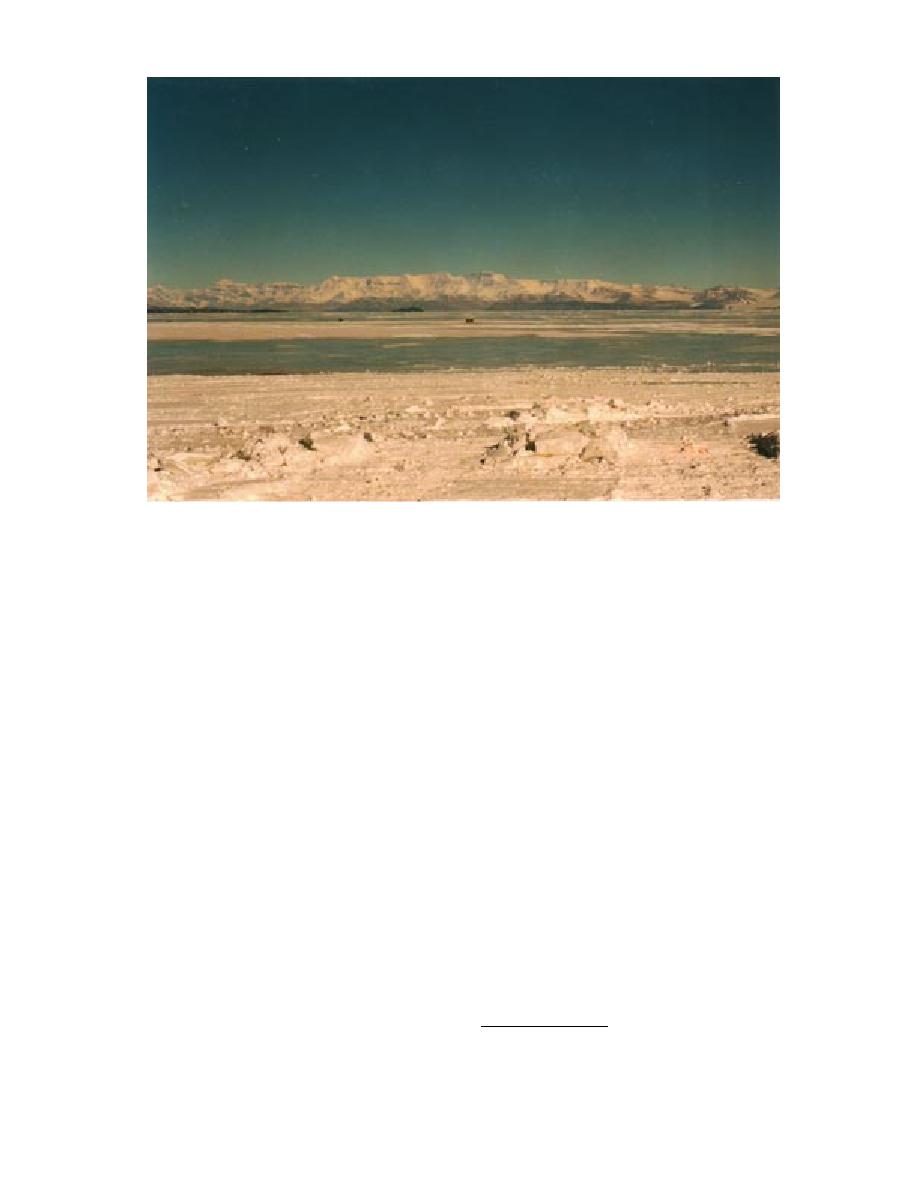
Figure 14. View to west of bare ice starting 250 m (800 ft) west of edge of Pegasus runway (December
1989).
Pegasus is firmly bonded to the subsurface. When
north of the old Outer Williams Field was mea-
loose snow is present after a snowfall during calm
sured by Paige (1966) and showed no westward
conditions (not an uncommon occurrence), this
movement. However, his description is not clear
easterly wind can transport a great quantity of
as to whether there is any movement in any other
snow through the Pegasus site over the course of
direction, except for the comment that a vast area
a day. Because the easterly wind is often low
of the ice shelf in the vicinity of Outer Williams
velocity, it is easy for snow to fall out of the wind
Field is "apparently stagnant." Swithinbank (1970)
column and be deposited. Since the runway is
reports ice shelf movements in a northerly direc-
aligned perpendicular to the prevailing wind di-
tion (287 and 296) at a rate of about 18 m/yr (60
rection, large amounts of snow are easily col-
ft/yr) at locations 810 km (56 miles) west-north-
lected if north-south aligned berms, windrows,
west of the Pegasus site. Measurements at the
or obstacles are present, particularly, along the
Pegasus site by the USGS in 1990, 1991, and 1992
east side of the runway.
indicate a westerly movement of about 40 m/yr
(130 ft/yr) at the north end of the Pegasus run-
Movement of glacier
way, and about 42 m/yr (138 ft/yr) at the south
end*. It is not obvious why there seems to be a 90
From a single site visit, it will be difficult to
determine the rate of glacial movement. If large
difference in ice movements reported within the
or unique features are located near the runway
Pegasus site vicinity.
site, it may be possible to use airphotos from the
past to determine movement rate. Flow patterns
Presence of contaminants
on the glacier may also be apparent from photos,
Any site considered for a glacial ice runway
or from aerial reconnaissance. To accurately mea-
should be inspected closely for evidence of min-
sure movement, GPS (global positioning system)
eral contaminants. Ice cores may include mineral
markers should be appropriately located and
monitored.
Movement of the Ross Ice Shelf edge directly
* W. Tobiasson, CRREL, personal communication, 1995.
15



 Previous Page
Previous Page
